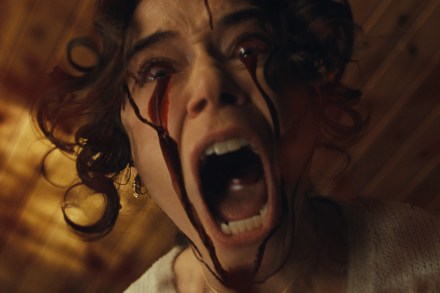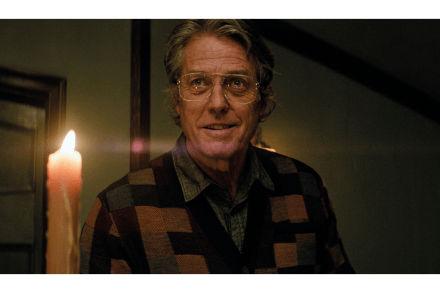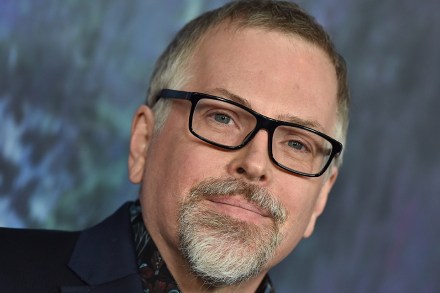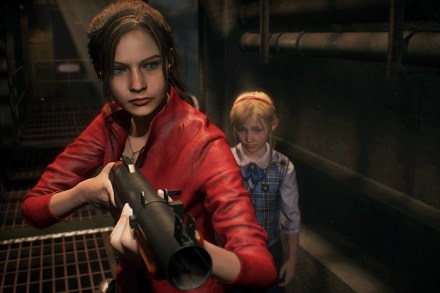Urban gothic: I Want to Go Home, But I’m Already There, by Roisin Lanigan, reviewed
A horror story in three words: London property market. That’s the starting point for Roisin Lanigan’s brilliantly creepy debut novel, set in the sheer hell of being a young renter. Because once you’ve run the gamut of carbon monoxide-leaking boilers, coked-up estate agents, absentee landlords and frosty housemates (and been gouged in rental costs for the privilege), maybe a haunting isn’t a deal-breaker. The main character, Aine, is adrift in her twenties with a vaguely online job and a prescription for unspecified mental health issues. She’s also pathologically passive: she ends up in London because Laura, her best friend from university, asks to flatshare and Aine can’t think of anything



















